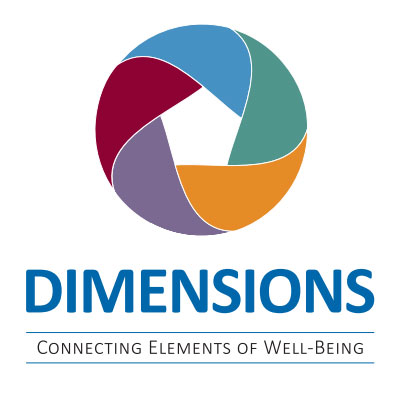Why Organizations Are Calculating Their Carbon Footprint

Summary
- In 2021, Wespath was one of 11 United Methodist Church agencies that pledged to achieve net-zero emissions by 2050.
- One of the first steps in this process is establishing a baseline carbon footprint, which measures Wespath’s impact on the planet over the last year.
- Wespath is in the process of gathering data about everything from how many refrigerators it has at its office to its staff’s commuting patterns.
“The United Methodist Church has long affirmed our individual and collective responsibility to address the unfolding climate crisis. We are called by our faith, informed by science, and led by our relationships with impacted communities to respond with renewed urgency.”
— Our Climate Commitment to Net-Zero Emissions, a joint statement endorsed by 11 UMC agencies in 2021
Two years ago on Earth Day, Wespath and 10 of its fellow UMC agencies pledged to achieve net-zero emissions by 2050, meaning they would significantly cut the emissions of greenhouse gases that warm the planet created by their ministries, facilities, operations and investments.
The deadline remains almost three decades away, but Wespath and its peer agencies have already pressed forward.
"You have to be proactive with this type of commitment," said Chirag Acharya, Wespath's Senior Analyst for Sustainable Investment Stewardship. "You can't just be relaxed about it. You have to actually move forward in a way where you're making changes within your organization."
The first step is to establish Wespath's baseline "carbon footprint," or put another way, measure its impact on the planet over the last year. This accounts for things like the energy used to power the company's building and business travel. Wespath turned to GreenPlaces, a software company, for help.
Adriel Lubarsky, a GreenPlaces account executive, compared measuring a company's carbon footprint to measuring a company's financial information via accounting.
"A company needs to do its own accounting because it's good and it tells you if you're doing good business," Lubarsky said. "All companies need to do accounting and rely on accounting by the same rules because it builds trust in the financial system.
"The same thing is true for carbon (footprinting). Every organization should know its carbon footprint. That way you can see if you're doing better for the climate or worse for the climate. You can find cost-savings often times by doing that because sustainability is really just another way of saying being more efficient and effective with your resources. But if we all know our carbon footprints and we're all working on this together, then that's how we build up the national or the global fight against climate change."
Led by members of Wespath's Green Team, a volunteer resource group for Wespath employees who want to support and lead environmental-friendly initiatives, Wespath is in the process of gathering data about everything from how many refrigerators it has at its office to its staff's commuting patterns. GreenPlaces will use the information to calculate Wespath's carbon footprint for 2022 and develop recommendations.
Lubarsky said that GreenPlaces starts by emphasizing the low-hanging fruit, such as establishing policies that don't cost money but are an important part of a sustainability plan. There will be additional goals set in collaboration with Wespath for the next year, and beyond.
That's not all. Calculating Wespath's carbon footprint will remain an annual undertaking to measure progress.
"Even in the year 2050, you still need to assess what your carbon emissions are," said Wespath's Acharya, who is also a member of the Green Team.


